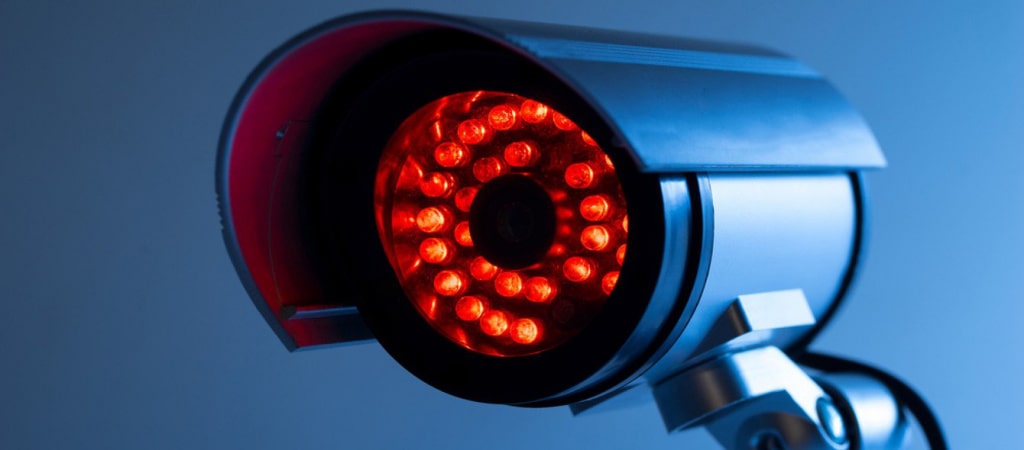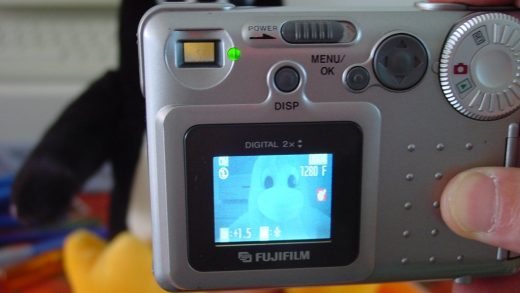Thermal imaging, or thermography, is a type of infrared imaging that uses infrared radiation to produce an image of an object. Infrared radiation is electromagnetic radiation with a wavelength longer than that of visible light, but shorter than that of microwaves. Thermal imaging cameras detect the infrared energy emitted by an object and create an image based on this energy.
Thermal images are often used in law enforcement and military applications to track suspects or targets. They can also be used in industrial settings to monitor equipment for overheating or other potential problems.
Aluminum foil does not block thermal imaging because it does not absorb infrared radiation. Thermal images show heat, not light, so aluminum foil will appear as a bright spot in a thermal image.
How aluminum foil affects thermal imaging
Aluminum foil does not block thermal imaging, but it can affect the quality of the image. If there is aluminum foil between the object and the camera, the heat from the object will be conducted through the foil to the camera. This will result in a lower-quality image because some of the heat will be lost before it reaches the camera.
It is also important to note that aluminum foil reflects infrared radiation. If the foil is shiny side up, it will reflect more heat than if it is dull side up. This can make it difficult to get an accurate reading from a thermal image if there is aluminum foil present.
The benefits of using aluminum foil to block thermal imaging
There are several benefits to using aluminum foil to block thermal imaging.
First, aluminum foil is inexpensive and readily available. It is also easy to work with, so it can be quickly installed to block thermal imaging.
Second, aluminum foil reflects infrared radiation, so it will make it difficult for someone to get an accurate reading from a thermal image.
Third, aluminum foil conducts heat well, so it can help to prevent heat loss from an object. This can be beneficial in industrial applications where it is important to monitor equipment for overheating.
Fourth, aluminum foil does not absorb infrared radiation, so it will not affect the quality of the image.
Overall, aluminum foil is an effective way to block thermal imaging and can be beneficial in a variety of applications.
The drawbacks of using aluminum foil to block thermal imaging
There are a few drawbacks to using aluminum foil to block thermal imaging.
First, aluminum foil is not completely opaque to infrared radiation. Some heat will be conducted through the foil and this can result in a lower-quality image.
Second, aluminum foil is a good conductor of heat. This means that if there is aluminum foil between the object and the camera, the heat from the object will be conducted through the foil to the camera. This will result in a lower-quality image because some of the heat will be lost before it reaches the camera.
Third, aluminum foil reflects infrared radiation. If the foil is shiny side up, it will reflect more heat than if it is dull side up. This can make it difficult to get an accurate reading from a thermal image if there is aluminum foil present.
Fourth, aluminum foil is not durable and can be easily damaged.
Overall, aluminum foil can be an effective way to block thermal imaging, but it has some drawbacks that should be considered before using it.


